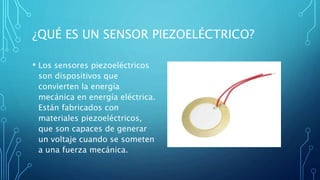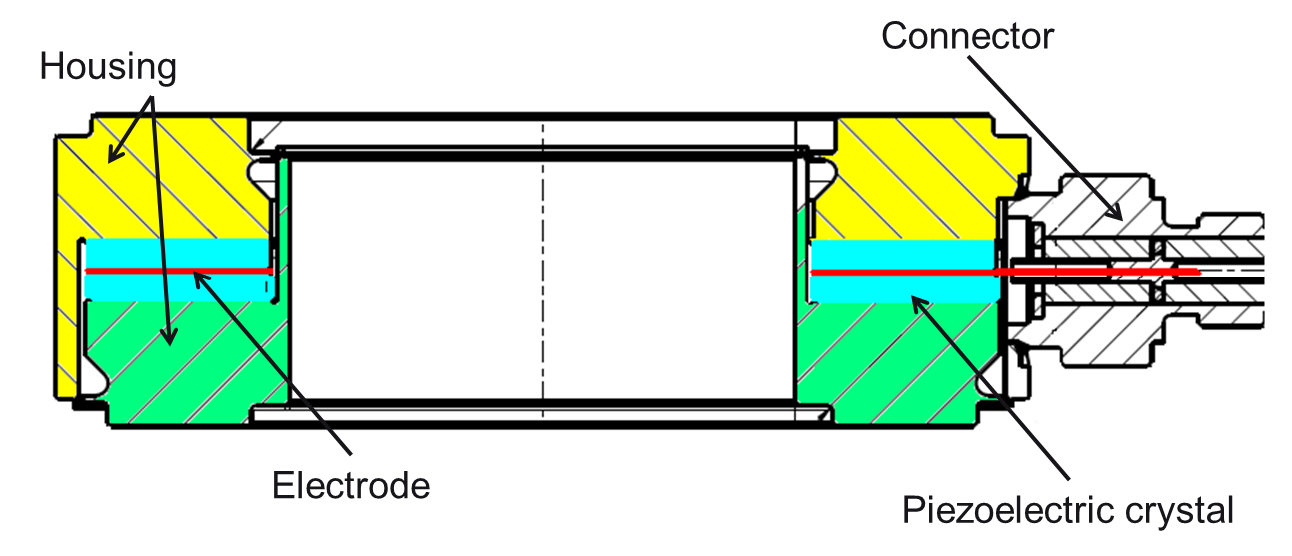
Introduction to Piezoelectric Sensor
Definition and Significance of Piezoelectric Sensor
Piezoelectric sensors are devices that utilize the piezoelectric effect, where applying mechanical stress to certain materials generates an electrical charge. This technology is crucial in various industries for its ability to convert mechanical energy into electrical signals accurately.
Understanding the Piezoelectric Effect
The piezoelectric effect involves the generation of an electric charge in response to mechanical stress, allowing piezoelectric sensors to detect changes in pressure, acceleration, and force. This phenomenon is fundamental to the operation of these sensors, enabling applications in fields like automotive, aerospace, and medical diagnostics.

Construction of Piezoelectric Sensor
Components of a Piezoelectric Sensor
– Piezoelectric Crystal: Core material that generates electric charge when mechanical stress is applied.- Electrodes: Transmit the generated charge to external circuits for measurement.- Housing: Protective casing to shield the sensor components from external influences.- Connecting Wires: Convey electrical signals between the sensor and external devices.
Strong Piezoelectric Materials Used in Sensor Production
– Quartz: Known for its stability and reliability in generating electric charges under stress.- Lead Zirconate Titanate (PZT): Commonly used for its high piezoelectric coefficients and versatility in various applications.- Polyvinylidene Fluoride (PVDF): Flexible material suitable for conforming to different shapes and applications.

Working Principle of Piezoelectric Sensor
Conversion of Mechanical Stress to Electrical Charge
– When mechanical stress is applied to the piezoelectric crystal, it generates an electric charge due to the piezoelectric effect.- This charge is then transmitted through the electrodes to external circuits for measurement purposes.
Generation of Electrical Potential in Response to Pressure or Acceleration
– The piezoelectric sensor produces an electrical potential across its surfaces when pressure or acceleration is applied, as a result of the piezoelectric effect.- This electrical signal can be utilized for various applications such as pressure sensing, vibration monitoring, and acoustic measurements.

Applications of Piezoelectric Sensor
Industrial Applications for Measuring Strain and Force
– In industrial settings, piezoelectric sensors are utilized for measuring strain and force in structures and machinery.- These sensors provide accurate and real-time data on the stress levels experienced by the equipment, enabling preventive maintenance and safety enhancements.
Consumer Electronics Applications for Pressure and Vibration Sensing
– Consumer electronics use piezoelectric sensors for pressure and vibration sensing applications.- These sensors enable the development of touchscreens, accelerometers, and other devices that respond to touch and motion inputs effectively.

Importance of Piezoelectric Sensor Technology
Advancements in Sensor Performance and Efficiency
– The advancements in piezoelectric sensor technology have led to improved sensor performance and efficiency.- These sensors now offer higher sensitivity, faster response times, and greater accuracy in measuring various parameters.
Impact of Piezoelectric Sensors in Various Industries
– Piezoelectric sensors have made a significant impact across various industries.- Their use in industries such as automotive, aerospace, healthcare, and more has enhanced monitoring capabilities, improved product quality, and increased overall safety standards.